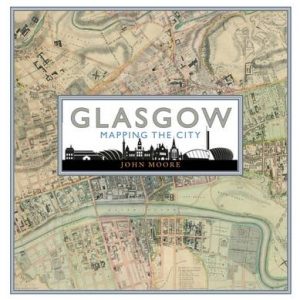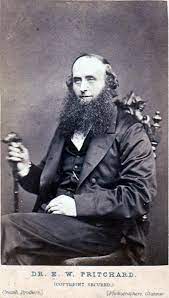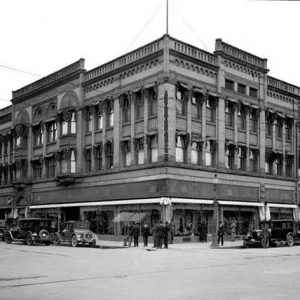Description
Thomas Sulman’s Bird’s Eye View of Glasgow (1864) is perhaps the most famous of all such views of British cities. The splendid, panoramic detail underlines Victorian Glasgow remained both commercial and industrial city: steam and sail ships sit on the Clyde at the Broomielaw, whilst the smog from new chemical industries compelled the affluent ranks to decant from the old ‘Merchant City’ to newer residences in the leafy west end.
However, one of the major forces in Glasgow and Scotland’s shift from commerce to industry – transatlantic slavery – remains hidden in plain sight. Sulman’s Bird’s Eye View of Glasgow was completed in 1864, thirty years after chattel slavery was abolished in the British West Indies, and one year before slavery was abolished in the United States of America. Yet, the transformation of the Victorian city – landed estates, urban property, textiles, railways – was shaped by elite’s wealthy from Atlantic slavery, and the panoramic detail reveals such legacies.
This talk, therefore, examines Sulman’s Bird’s Eye View of Glasgow in a new way: moving from east to west, assessing the importance of Atlantic slavery to the urban, commercial and industrial development of Victorian Glasgow.
Dr Stephen Mullen holds a Ph.D. from the University of Glasgow, which examined Glasgow-West India merchants, planters and sojourners, 1776-1846. He is currently employed as a Postdoctoral Research Associate at the same institution. Stephen has published a number of general and academic articles on Scotland’s connections with Caribbean slavery.
This event was recorded in front of a virtual audience via Zoom on 29th September 2021.
When you have purchased this product, revisit or refresh this page to view the recorded talk.




